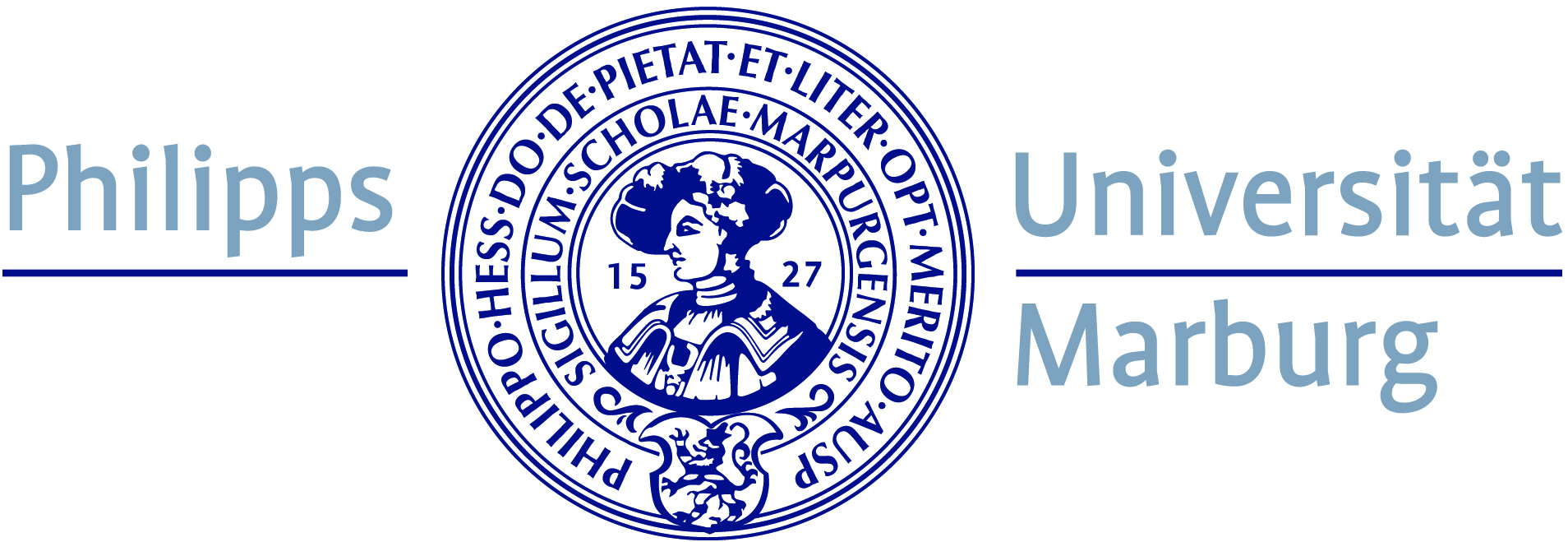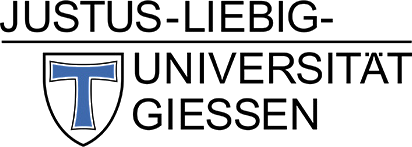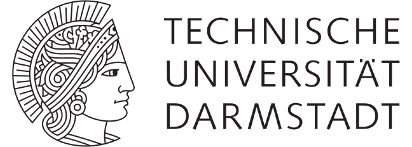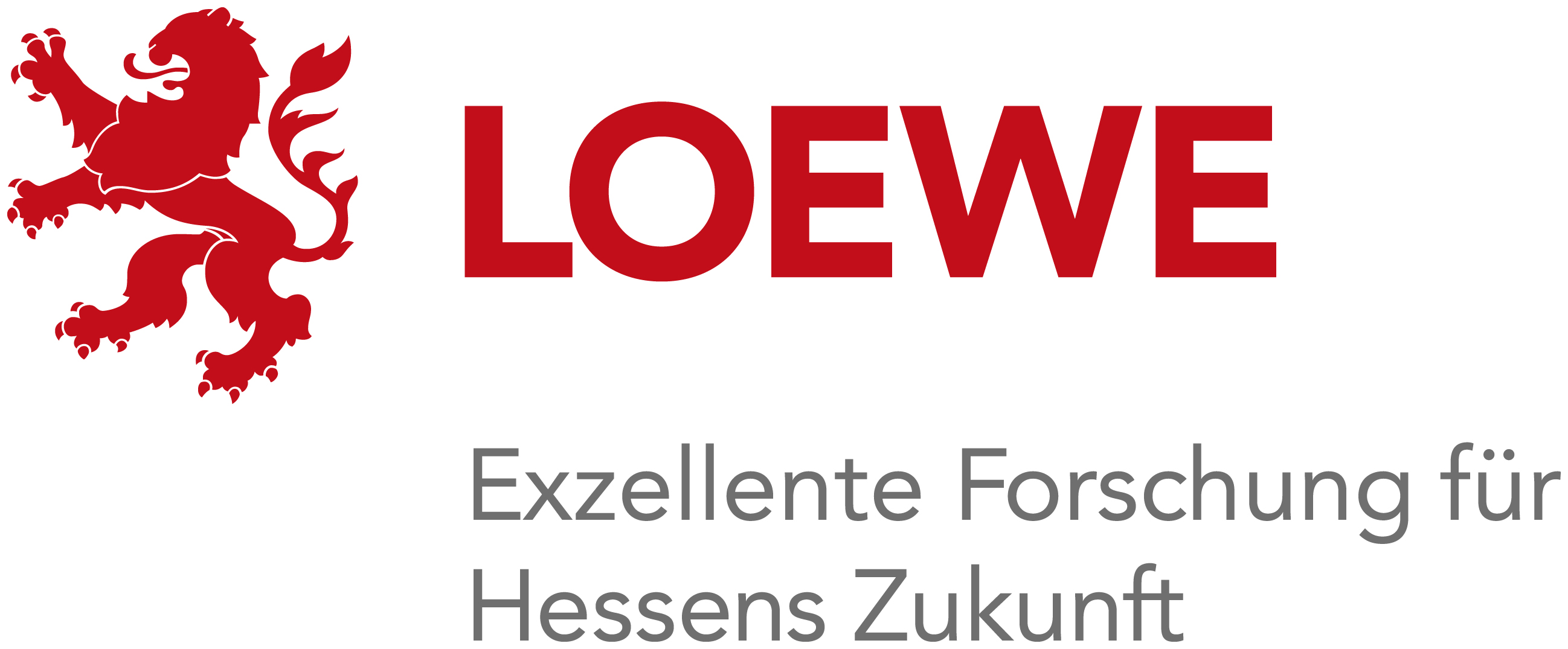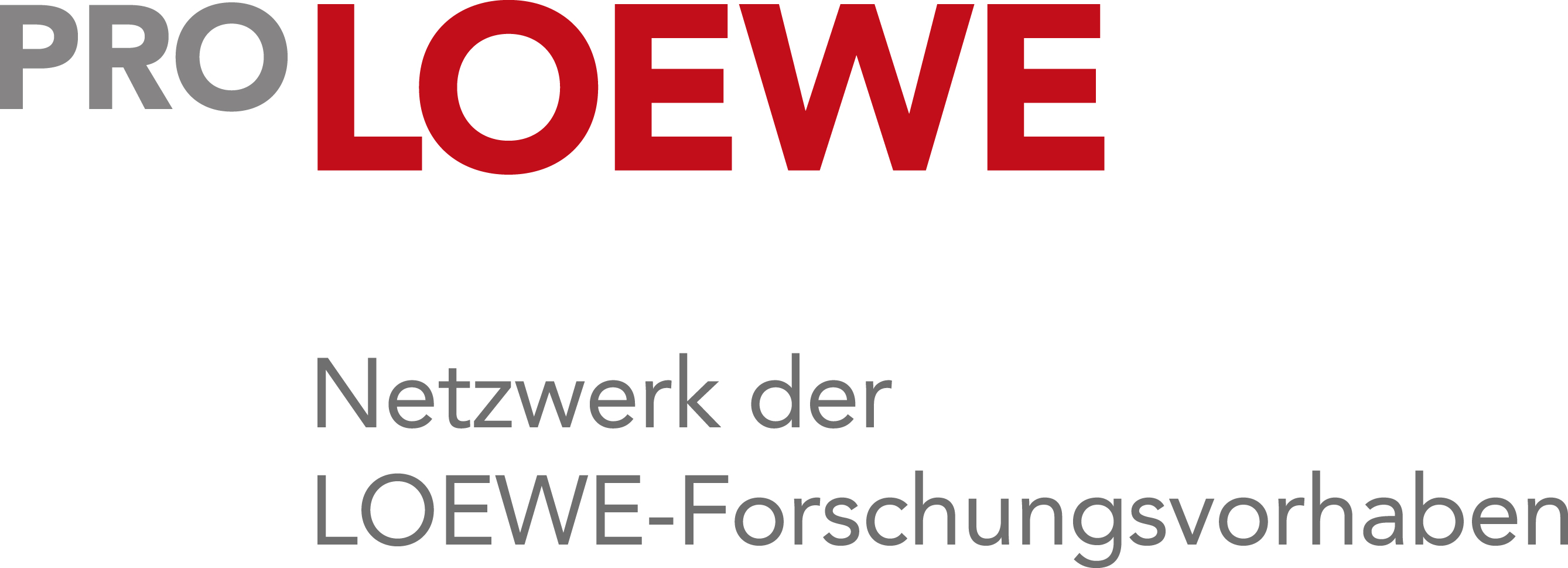Main Content
Work package Sensor networks
In order to achieve the necessary data density in Nature 4.0, a continuous, mobile and microhabitat-scale sensing of plants and animals is necessary to follow the principle of crowdsensing. In the Sensor Network (SN) work package the sensor boxes used for this purpose are designed and assembled and together with the coordination of the Nature 4.0 Lab their installation, maintenance and support are organized.
Tasks
The core task of the SN work package is data acquisition using combinations of communicating environmental sensor boxes and platforms. For this purpose, modular sensor boxes are developed for specific platforms such as a rover box, a tree box, a roe box, a citizen box, etc. Sensors include GPS (location, motion profile), gyrometers (micromotion pattern, location as GPS alternative), meteorological sensor technology (microclimate), light intensity (indirect structural information in the stand), microphones (acoustic remote sensing of biodiversity), optical remote sensing (species recognition, phenology, physiology, morphology, etc.), radar sensors (insect detection), sap flow measurements, dendrometers (phenology, stress) etc.. Many of the imaging data sets differ from conventionally used remote sensing information because they are recorded in the immediate vicinity of the observed object and at its location, i.e. below a possibly obstructing cloud or crown layer. Communication and data transfer to the central data base (NatDB) takes place via autonomous peer-to-peer or device-to-device networks. In close coordination with the environmental modeling work package, the most effective data acquisition and data transfer possible will be employed. A central part of our approach is the pre-processing and selection of data streams tailored to the models implemented in Nature 4.0 in order to reduce the amount of data to be communicated.
Contribution to Nature 4.0
With the central data collection component, the SN work package lays the foundations for Nature 4.0. The detailed collection of environmental variables collected over time, together with the activities in the Environmental Modeling work package, will facilitate a level of detail in landscape monitoring that has not yet been achieved, putting nature conservation monitoring on a new basis.
Subprojects
Inhalt ausklappen Inhalt einklappen SN1 | Sensor boxes
Project Management | Bernd Freisleben, Ralf Steinmetz
Team | Jonas Höchst, Patrick Lampe
Challenge | Autonomously communicating stationary and mobile sensor boxes are the data acquisition components of Nature 4.0. Dedicated solutions have to be desgined and implemented balancing competing needs with regard to platform-specific sensor combinations, weight, energy efficiency, radio range, etc.
Inhalt ausklappen Inhalt einklappen SN2 | Communication and Apps
Project Management | Ralf Steinmetz, Bernd Freisleben
Team | Julian Zobel, Patrick Lieser
Challenge | The high-resolution sensor boxes designed in SN1 require efficient and adapted communication mechanisms to transmit the data to the central database of EM1. At the same time, the mobility and plannability of motion requires the implementation of opportunistic communication concepts using heterogeneous radio technologies. Previous work either addresses homogeneous scenarios with regard to the data to be transmitted or scenarios without mobile sensor platforms.
Inhalt ausklappen Inhalt einklappen SN3 | Environmental education
Project Management | Carina Peter
Team | Phillip Bengel
Challenge | In addition to the technical and biotic platforms, citizen science activities are an added data collection component in Nature 4.0 by providing citizen scientists – such as university students, school classes, horse riders etc. sensor boxes. At the same time, it can be assumed that the involvement of citizens in research activities promotes the understanding of science in the sense of scientific literacy.
